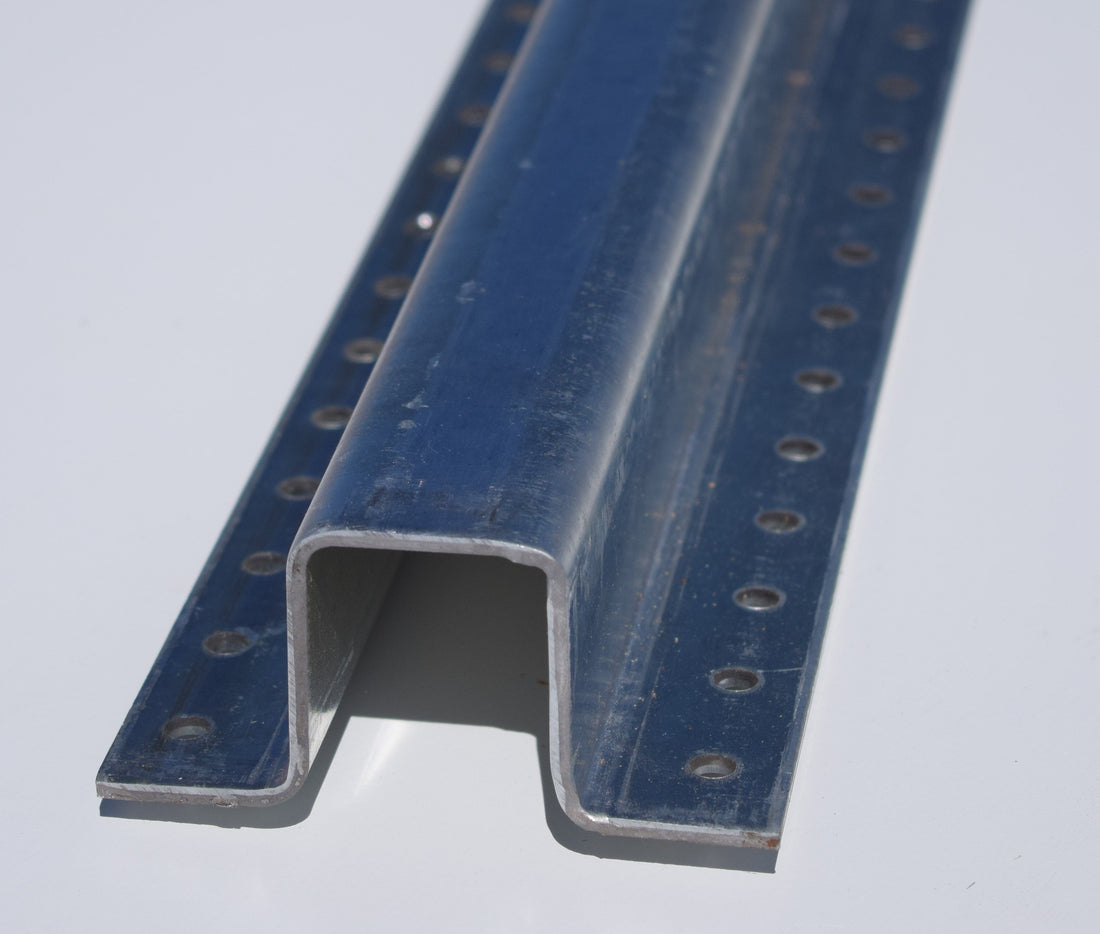
How Much Does It Cost to Install a Wood Fence? A Guide for Homeowners and DIY Beginners
Share
Are you considering adding a wood fence to your home? Whether you're seeking privacy, style, or security, a wood fence is a classic solution that fits nearly any property. Before you get started, though, you're probably wondering, "How much does a wood fence cost to install?"
The cost of installing a wood fence can vary based on materials, labor, and other factors. Here, we'll break down everything you need to know about wood fencing costs, helping you plan whether you’re working with a contractor or tackling the project yourself.
What Influences the Cost of a Wood Fence?
Several key factors determine the final price of a wood fence. Understanding these can help you budget and prioritize your options.
1. Material Costs
Materials are one of the largest components of your overall fence cost. Here’s an estimate of average material prices (pre-tax):
- Cedar Pickets (1x6, 5.5 inches wide): ~$3.98 each
- Wood Rails (8-foot, 2x4): ~$11 per rail (you’ll need 3 rails per 8-foot section)
- Steel Posts: ~$37 each
- Concrete: ~$5 per bag (used to secure posts)
- Nails or Screws: $30-$50 depending on the project size
For a typical 100-foot-long fence, materials might cost around $1,899 pre-tax.
2. Labor Costs
If you’re hiring a professional, labor can run between $12 to $15 per linear foot. This adds up to around $1,200-$1,500 for a 100-foot fence. Steeper terrain or advanced designs (like sloped fences) may increase these costs.
3. Wood vs. Steel Posts
Traditional wood posts are less expensive upfront, but they come with long-term downsides like susceptibility to rotting and warping. Steel posts, on the other hand, are more durable and resistant to pests and weather. While they typically cost $37 each, their longevity often makes them a worthwhile investment.
4. DIYers Need Tools!
Planning to tackle this project yourself? You’ll need the right tools. Keep these in mind when budgeting:
- Post Hole Diggers: For deep, consistent holes
- Level: For perfectly aligned posts and rails
- Nail Gun or Drill: For fastening pickets and rails
- Saw: For custom cuts where needed
- Measuring Tape: To maintain consistent height and length
If you don’t have these tools on hand, you may need to rent or purchase them, which can add to your costs.
5. Length and Height of the Fence
The size of your fence is a key cost driver. A taller, longer fence requires more pickets, posts, concrete, and rails. Before starting your project, calculate your fence’s total length and the desired height to get an accurate cost estimate.
6. Optional Features
Consider additional features to enhance your fence:
- Gates: Add convenience but typically cost extra.
- Decorative Features (e.g., Lattice Tops): Enhance the appearance but increase material and labor expenses.
- Weatherproofing Treatments: Staining or sealing will protect your fence from moisture and UV rays, prolonging its lifespan.
Cost Breakdown Example
Here’s an estimated breakdown for a 100-foot wood fence with steel posts and pickets 6 feet tall (materials only, pre-tax):
- 225 Cedar Pickets (18 per section): $895.50
- 38 2x4x8 Rails (3 per section): $418
- 13 Steel Posts (spaced 8 feet apart): $481
- 13 Bags of Concrete (1 per post): $65
- Nails or Screws: $40
- Estimated Total (Materials Only): $1,899
If you add labor costs, the overall price for this fence could range from $3,099 to $3,399.
What Are the Benefits of Steel Posts?
Steel posts are often chosen for their durability, and for good reason:
- They resist rot, rust, and insect damage, unlike wood posts, which can deteriorate over time.
- Steel posts offer superior strength, providing stability against wind and heavy loads.
- While they cost more upfront, fewer repairs and replacements mean you save money in the long run.
By pairing steel posts with cedar pickets, you get a fence offering both visual appeal and reliable protection.
Should You DIY or Hire a Pro?
Here’s how to decide:
- DIY: Opt for this if you’re confident in your skills, have the tools, and want to save on labor costs. Just remember to budget for tool rentals or purchases!
- Hire Professionals: If you want precision, durability, and peace of mind, go with a contractor. Searching for "fence company near me" or "local fence companies" is a great way to connect with reliable professionals in your area.
How to Save Money on Your Fence Project
- Plan Ahead: Measure your property and decide on your priorities before purchasing materials.
- Shop Around: Compare prices from different suppliers to get the best deals.
- Consider a Fence Calculator: Tools like our wood fence cost calculator can help you estimate costs based on your unique project specifications.
- Ask About Discounts: Some companies offer exclusive deals for bulk purchases or first-time customers.
Key Takeaways
Building a wood fence is a great way to add privacy, security, and visual appeal to your property. By understanding the factors that influence costs—like materials, labor, and additional features—you can plan your project efficiently and avoid surprises.
Want Expert Help?
If you’re still unsure about DIYing or need help sourcing materials, connect with local professionals by searching for "fence installation near me" or "fence services near me." And for repairs, don’t forget to look up "fence repair near me" to find reliable options.